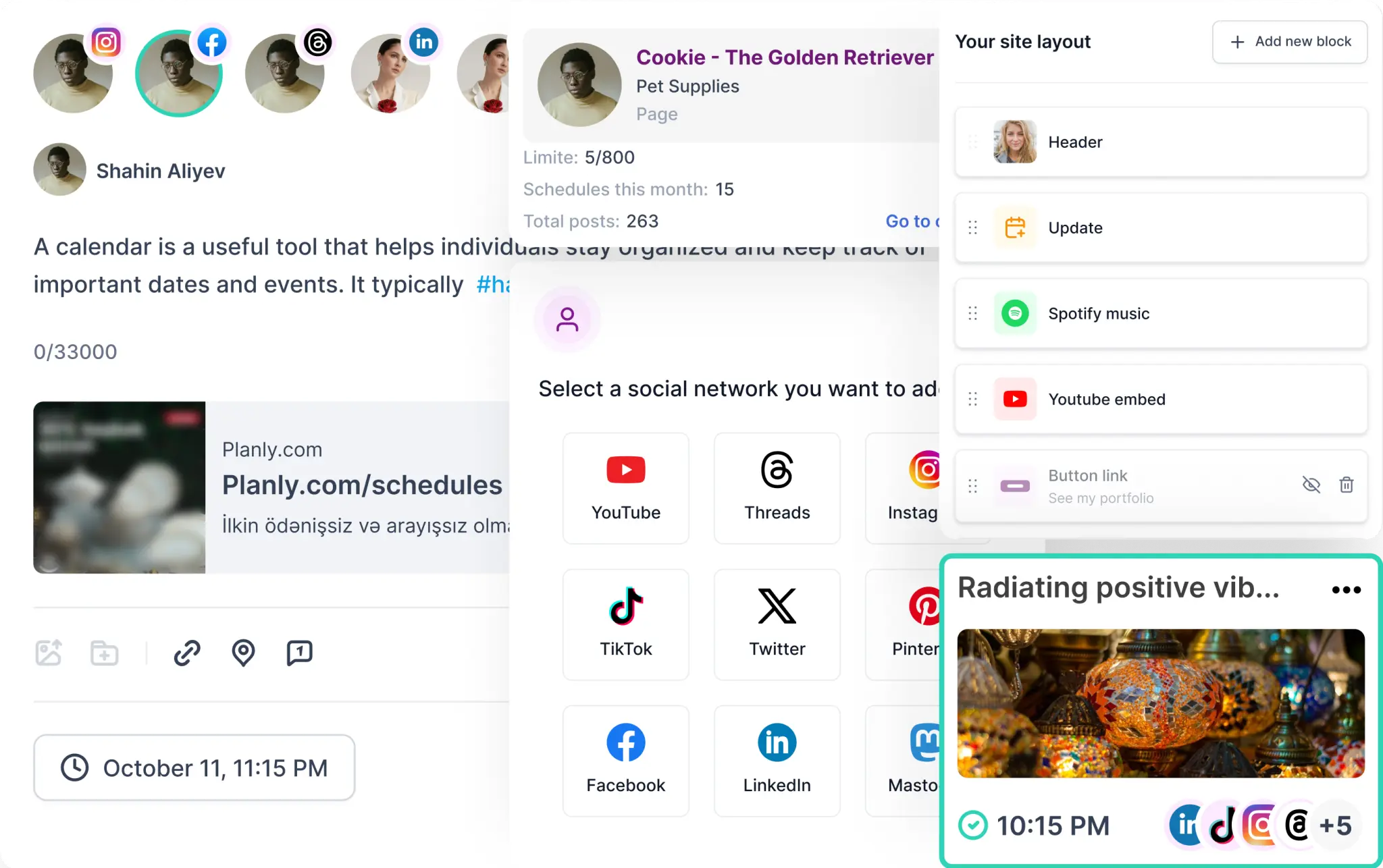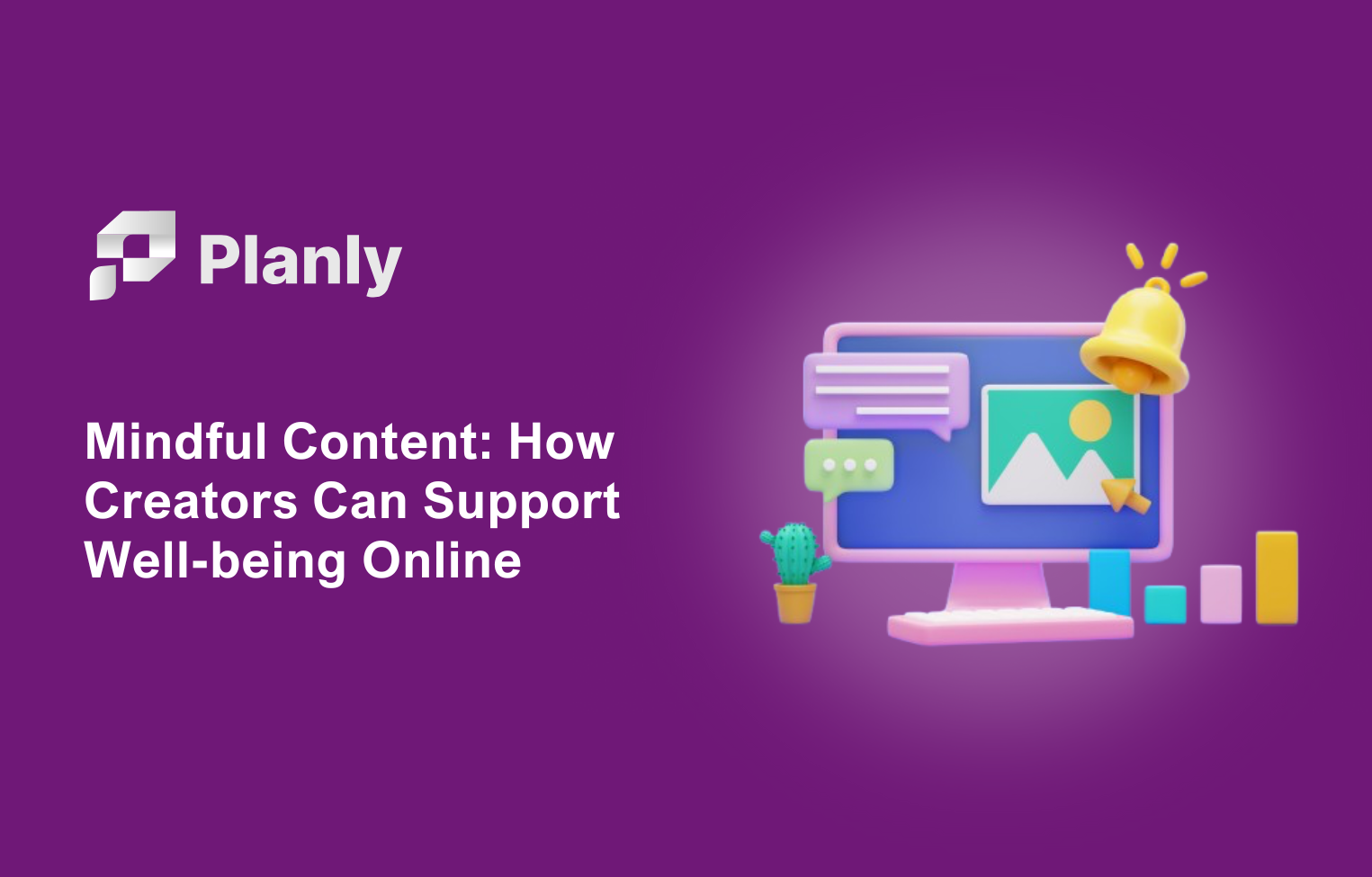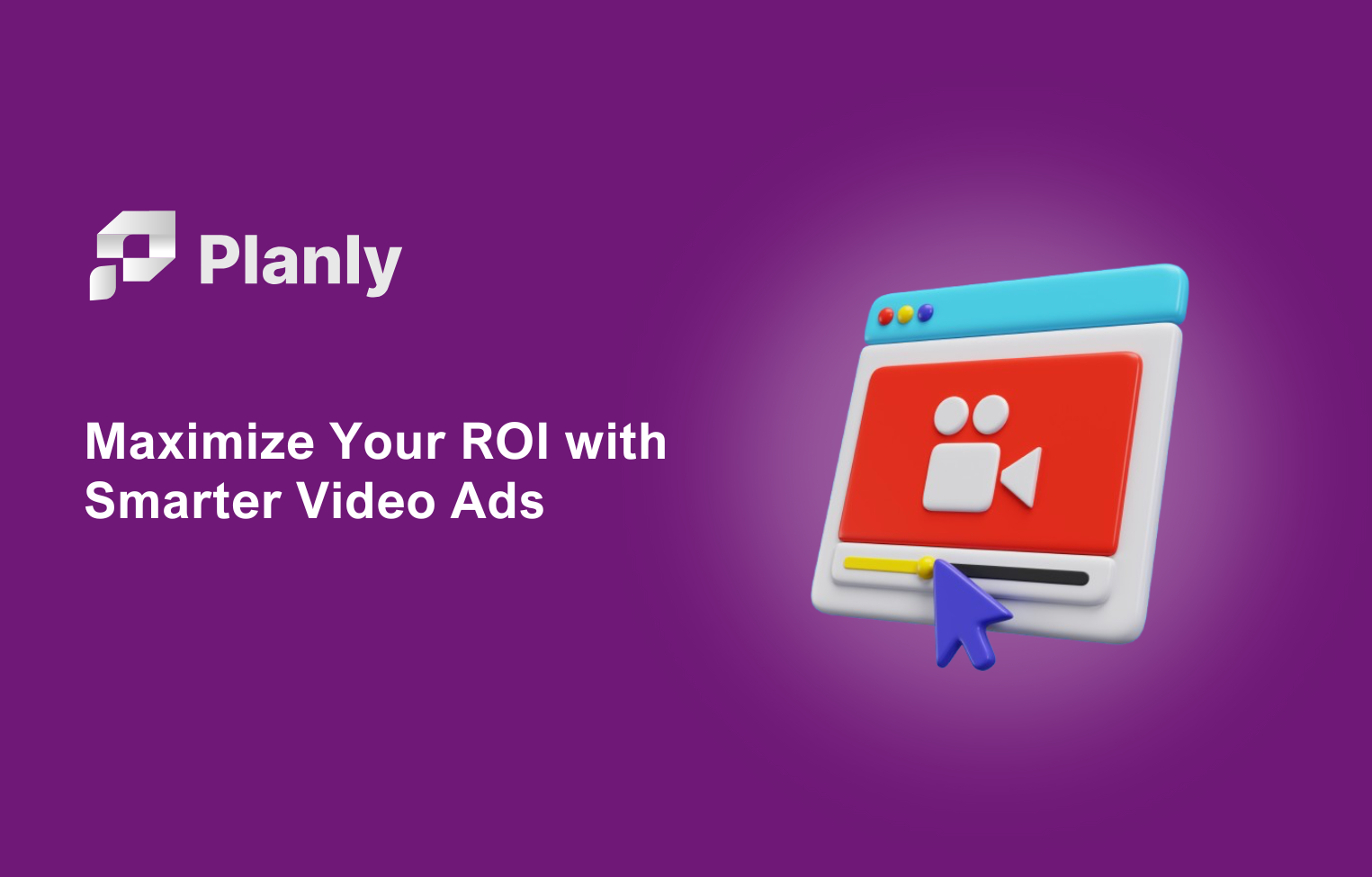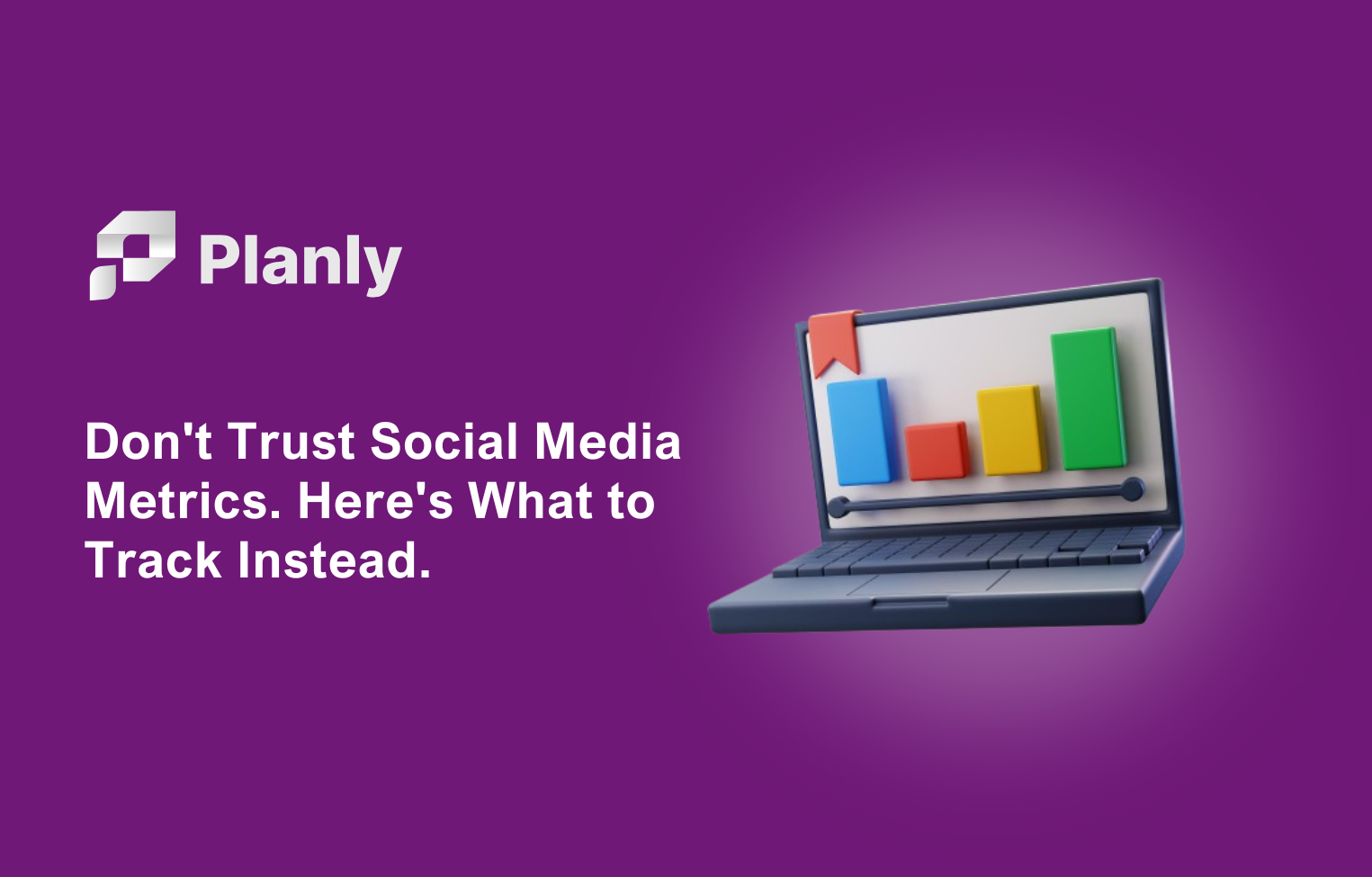In the rapidly evolving landscape of the health and wellness industry, social media has emerged as a pivotal tool for brands to connect with their audience, build trust, and drive engagement. With over 3.5 billion social media users worldwide, leveraging these platforms effectively is crucial for wellness brands aiming to stand out and achieve their business goals. This article will delve into the key components of a successful social media strategy for wellness brands, incorporating insights from industry experts and successful case studies.
Understanding Your Target Audience
At the heart of any successful social media strategy lies a deep understanding of the target audience. Wellness brands must thoroughly identify their ideal customer, including demographic details, psychographic information, behavioral insights, challenges, and content preferences. For instance, if your brand specializes in plant-based nutrition, you should narrow your target audience to vegans, vegetarians, or individuals exploring a more plant-centric diet. Understanding their values, lifestyle choices, and online behaviors helps in creating content that resonates and engages.
Creating Ideal Customer Profiles (ICPs)
Developing Ideal Customer Profiles (ICPs) is essential for tailoring your social media strategy to the benefit of your audience. ICPs should include demographic details such as age, gender, and location, as well as psychographic factors like values and lifestyle choices. For example, if your brand focuses on fitness routines, your ICP might include individuals aged 25-40 who value health and wellness, engage in regular physical activity, and are active on platforms like Instagram and TikTok.
Choosing the Right Social Media Platforms

Selecting the right social media platforms is essential for effective social media branding, as it ensures your brand reaches the most relevant audience. Different platforms cater to different demographics and engagement styles. For wellness brands, visually-driven platforms like Instagram and Pinterest are ideal for showcasing health and lifestyle imagery. Facebook offers a broad demographic reach and advanced advertising options, making it versatile for engaging a diverse audience. YouTube is pivotal for video content, while TikTok caters to a younger audience, offering creative avenues to present your brand informally.
Platform-Specific Content Strategies
Each platform requires a tailored content strategy to maximize engagement. For instance, Instagram and TikTok are excellent for sharing engaging video content and optimizing your social media strategy for brand promotion. Instagram's emphasis on visually appealing content through posts, stories, and interactive elements like polls and quizzes provides a dynamic platform for engaging with the audience. TikTok's short-form video format aligns seamlessly with the concept of intense workouts, and its features like "Duet" and "Stitch" foster user interaction.
Creating a Comprehensive Content Plan
A well-defined content plan is the backbone of your digital presence. This involves identifying key themes or topics that align with your brand identity and resonate with your target audience. Content pillars for health and wellness brands may include nutrition tips, fitness routines, mental health awareness, inspirational stories, product highlights, and behind-the-scenes glimpses.
Diversifying Content Formats
Diversify your content by incorporating various post formats to cater to audience preferences and engagement styles. This can include educational posts, visual content, user-generated content (UGC), interactive content, and promotional content. For example, if your business is within the skincare and beauty industry, you can inspire by showing photos of skin transformations, educate with tips and advice, and entertain by showcasing behind-the-scenes content of your brand.
Engaging Your Audience Proactively
Proactive engagement is pivotal in the health and wellness industry. Actively respond to comments, direct messages, and mentions. Pose questions to your audience, run polls, and create interactive content to foster engagement. Weekly Q&A sessions, interactive polls, live demonstrations, challenges, and collaborations with influencers are effective ways to engage your audience and build a vibrant online community.
Utilizing User-Generated Content (UGC)
Encourage your audience to share their experiences with your product or service to build community and connection. UGC campaigns amplify reach and foster a sense of belonging among followers. Testimonials and online reviews are incredibly helpful in establishing credibility for health and wellness organizations. Promote and respond to online reviews to humanize your brand and amplify your efforts.
Leveraging Influencer Marketing
Influencer marketing is an incredibly effective strategy for wellness brands. By partnering with influencers whose values align with yours, you can tap into their audience and benefit from their established trust and expertise. Select influencers who genuinely embody a healthy lifestyle and have a history of promoting products aligned with fitness and nutrition. This helps in creating authentic storytelling and achieving your organization's business goals.
Case Studies of Successful Influencer Collaborations
For example, if your brand sells nutritional products, partner with a fitness influencer to demonstrate your nutrition products in action. This approach was successfully implemented by brands like Fitbit, which often solicits feedback from users and shares fitness information and tips that can be applied to everyday life.
Utilizing Hashtags Effectively
Hashtags serve as digital signposts, guiding users to relevant content amidst the vast expanse of social media. Create branded hashtags aligning with your brand identity and use industry-relevant hashtags for a broader reach. Regularly research trending hashtags to stay current and optimize your social media strategy. Industry-specific hashtags enhance discoverability within a targeted audience, while branded hashtags foster engagement and user-generated content.
Example of Effective Hashtag Use
If your wellness brand promotes mindfulness and mental health, use industry-related hashtags like MindfulLiving, WellnessJourney, or SelfCareSunday to connect with like-minded individuals. Branded hashtags can also be used to establish brand identity and start a conversation, helping to boost user-generated content.
Monitoring Analytics and Iterating Strategies
Regularly analyze social media analytics to understand what works and what doesn't. Track engagement, reach, and conversion metrics, utilizing the insights to refine your content strategy, posting schedule, and overall approach. This iterative process is crucial for effective social media optimization in the health and wellness industry.
Example of Analytics-Driven Strategy Refinement
If you notice a spike in engagement when posting workout tutorials on Fridays, consider making it a regular feature, utilizing analytics to optimize your social media strategy. For instance, Baylor Scott & White's Twitter account posts multiple updates per day about healthy habits, new research, and current events, which has become a trusted health and wellness resource.
Combating Health and Wellness Misinformation

While social media's timely and accessible nature is helpful, it can also be harmful when it comes to misinformation. Health and wellness information from credible and reputable sources has never been more important. Strategic healthcare communications can have the power to disseminate accurate and actionable medical information people need to lead healthy lives.
Guidelines for Safe Social Media Use
Healthcare institutions should follow guidelines to reduce risks related to social media, such as ensuring content credibility, complying with legal concerns, respecting patient privacy, and avoiding providing specific medical advice to non-patients. These guidelines help in maintaining the integrity and trustworthiness of health and wellness content on social media.
Conclusion
In the bustling world of social media, where health and wellness brands strive to break through the noise, crafting a standout strategy requires a mix of creativity and strategic finesse. By understanding your target audience, choosing the right platforms, creating a comprehensive content plan, engaging your audience proactively, leveraging influencer marketing, utilizing hashtags effectively, and monitoring analytics, you can build a robust online presence that resonates with your audience and optimizes your social media marketing efforts. Remember, the heart of success lies in adapting to trends and iteratively refining your approach based on analytics.
For wellness brands looking to elevate their social media presence, it is crucial to stay informed and adapt to the ever-evolving landscape of social media marketing. By incorporating these strategies into your overall branding strategy and staying true to your brand's values and mission, you can effectively connect with your audience and drive meaningful engagement.
For more detailed insights and strategies, consider consulting resources from experts in the field. Here are some recommended sources:
- ProfileTree's Guide to Social Media Marketing for Wellness Brands: This guide provides comprehensive strategies for boosting engagement and establishing a strong brand presence.
- Communications Strategy Group's Ultimate Guide: This guide offers detailed advice on leveraging social media for health and wellness businesses, including navigating crises and combating misinformation.
- Social Styles Marketing's Tips for Wellness Brands: This resource offers practical tips on defining your brand voice, creating quality content, and engaging your audience effectively.
- Sprinklr's Analysis of Successful Wellness Brands: This article highlights examples of wellness brands that excel in social media marketing, providing insights into their strategies and successes.
- Practina's Blog on Social Media Marketing for Lifestyle and Wellness Brands: This blog provides strategies for promoting lifestyle and wellness brands on social media, emphasizing the importance of authenticity and community engagement.
By leveraging these resources and implementing the strategies outlined above, wellness brands can navigate the complex world of social media marketing with confidence and achieve their business goals.








